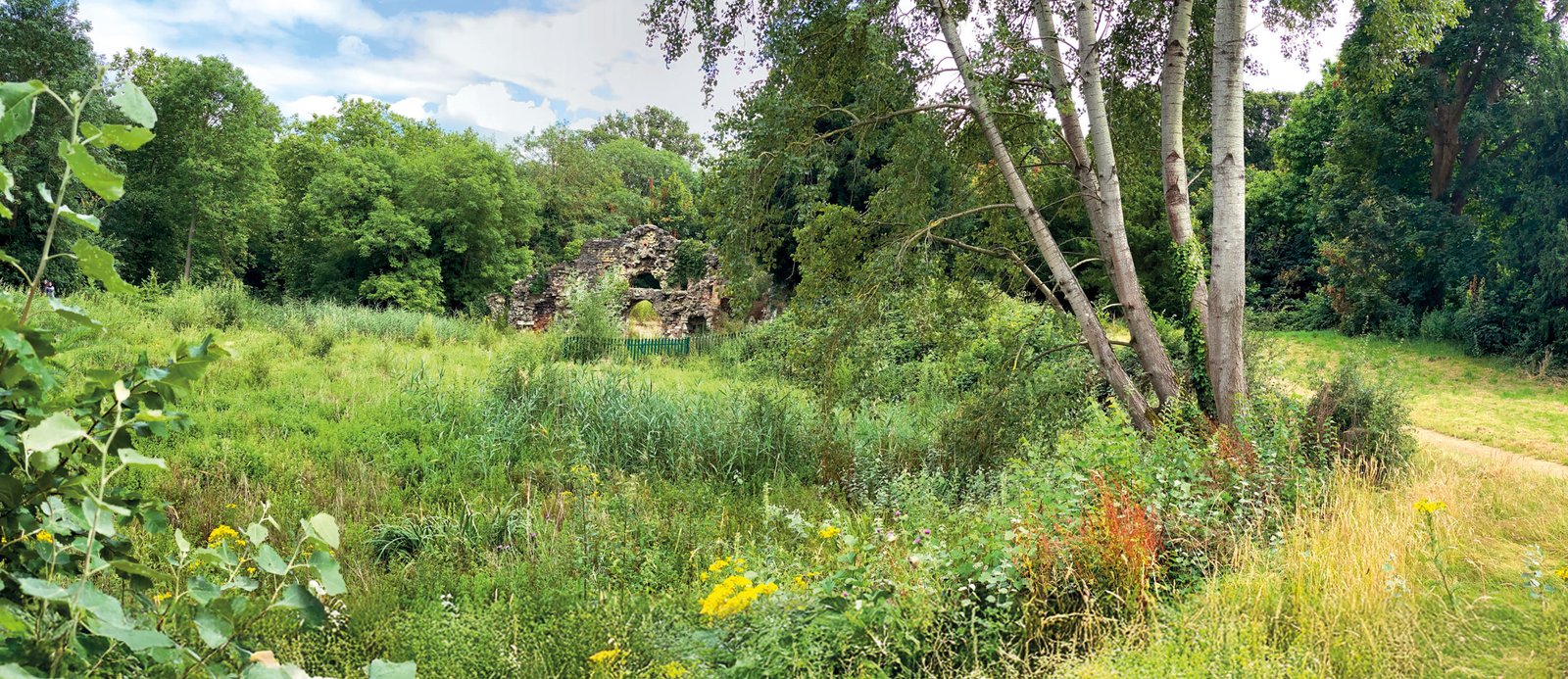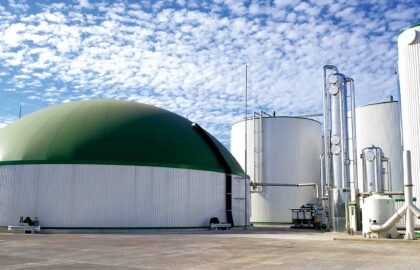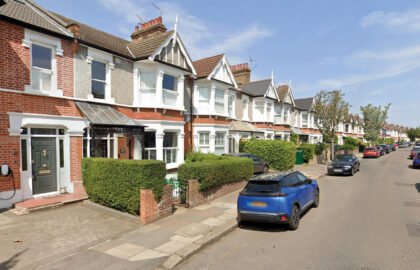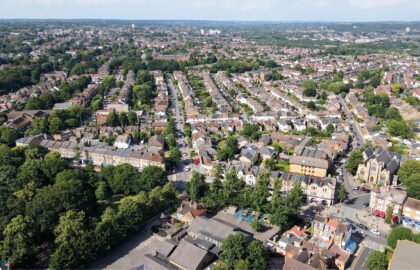The future of Wanstead Park’s waterways and the River Roding are inextricably linked, so what will be the best outcome? Councillor Paul Donovan explores the options
The competing demands for water in the local area was one theme that came out of a recent session run by Epping Forest in Wanstead Park. Invited to the park, local stakeholders were shown around by Epping Forest staff. The focus was the Park Plan, with projects that had been undertaken and in some cases completed over the past couple of years.
On the completion side, there is the floating reed bed on the Heronry Pond. Work to restore the Grotto is underway, with refurbishment of the Temple about to start.
But perhaps the most interesting proposal is the plan to pump water from the River Roding into the adjacent Ornamental Water (pictured here, where there has been no water for some time), then onto the other lakes in the park. The new plan, in a way, operates the opposite way around to the originally designed water system. Then, the water flowed from The Basin on the golf course to the Shoulder of Mutton Pond, onto the Heronry Pond, the Perch Pond and finally the Ornamental Water. The old system no longer functions well, with different lakes drying up over recent years. The Ornamental Water in particular does not hold water for long.
The stopgap measure of recent times has seen the Environment Agency (EA) granting a licence for Epping Forest to pump water from nearby bore holes into the Heronry Pond and Perch Pond. But this is a short-term arrangement, not a permanent solution. Epping Forest is set to replace the old pumphouse with a new one to extract water from the River Roding in the winter months, though EA approval is required for this to happen.
The role of the River Roding in this equation is an interesting one to ponder. On the one hand, there are the warnings about rising river levels with the onset of climate change. This could put surrounding residential areas under threat of being flooded. A safety valve, like the extraction of water to expanses like the park, can relieve some of these pressures. On the other hand, at present, river levels seem low, with competing interests seeking to draw on already depleted resources. The EA has to decide which interests take priority.
There are many calls for water to be restored to the Wanstead Park lakes. Yet, others say why should the river be depleted to maintain a man-made structure in what was the playpen of members of the British aristocracy in past centuries? The park, though, as part of Epping Forest, was given to the people of London by the Crown in 1878. Indeed, the river used to run through the Ornamental Water before it was separated off and straightened as part of the 18th-century designs of the park.
So, there are interesting, competing narratives on the question of water supplies. Some imaginative thinking is required from all sides. Pumping water from the Roding into the lakes has a role to play, but there will be a question of how much? What will future water levels be on the Roding? Maybe going forward, there should be thought given to developing more reed beds and wetland-style terrain, as part of the long-term solution. Or some sort of restoration of the original design, with the river running through the Ornamental Water or controlled by a sluice gate?
The park needs to be viewed as but one part of the overall mosaic that includes the River Roding as well as surrounding residential and non-residential areas. A more holistic view is needed to ensure a truly sustainable long-term solution.
For more information on the Park Plan, visit wnstd.com/parkplan





